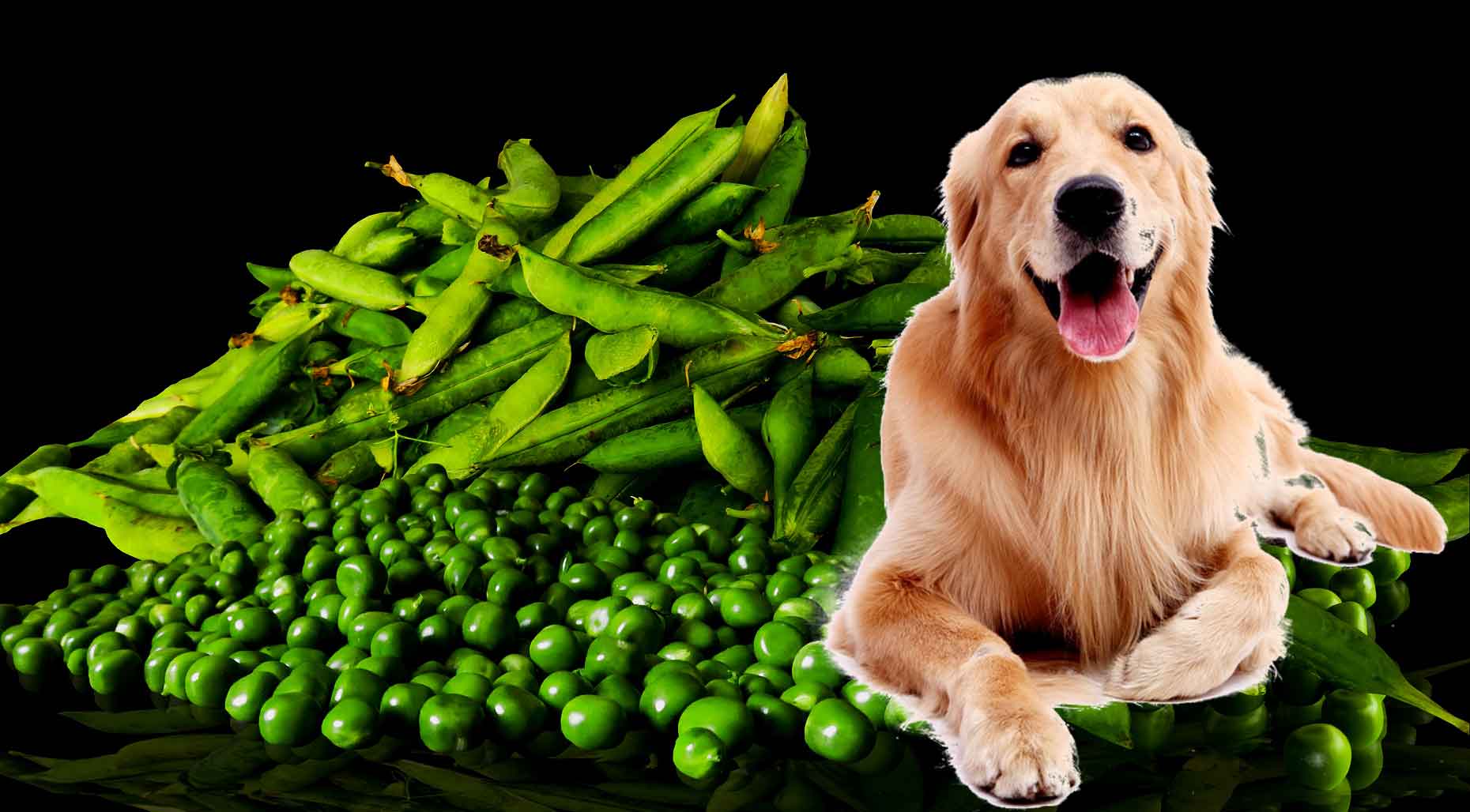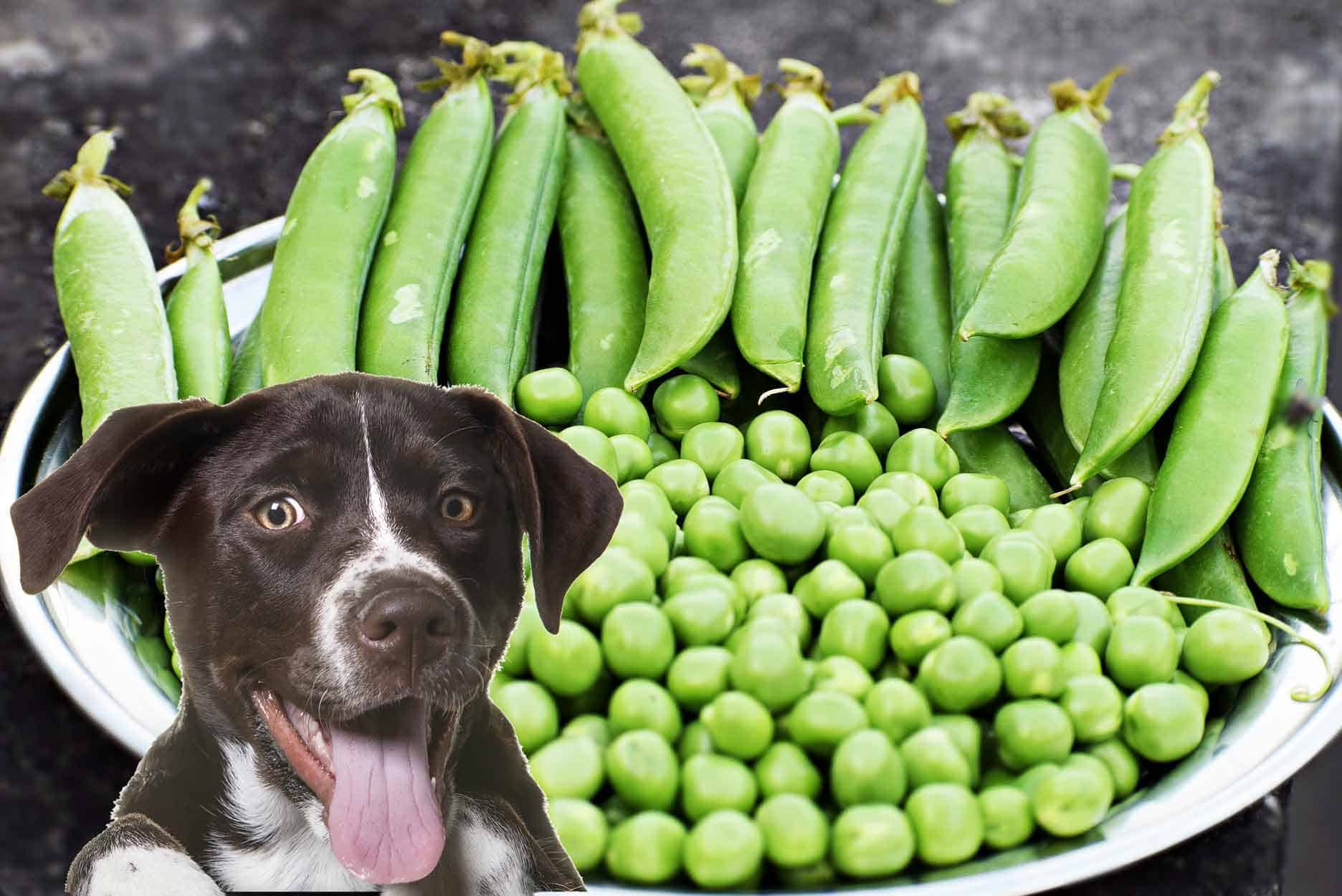
Dogs love peas and will readily gobble them up if given a chance, but can dogs eat peas? This question has been debated ad nauseam by owners who wonder what risks may be involved with feeding their dogs legumes that are generally considered unfit for human consumption. In this article, we’ll share 10 things you didn’t know about dogs eating peas, including the surprising answer to the question everyone’s been asking. If you want to learn more about whether or not your dog can eat peas, keep reading!
No. 1 – Peas May Cause Diarrhea
According to WebMD, dogs shouldn’t eat green peas because they contain high amounts of sugar and starch, which can cause diarrhea. What’s more, some research shows that black-eyed peas and soybeans contain harmful compounds to canines. If you want to feed your pup veggies, stick with carrots and broccoli. These foods may be safe for your dog — so feel free to give them a taste!

No. 2 – Canine Weight Gain Is a Problem
First and foremost, if your dog is significantly overweight, don’t feed him peas because they are high in starch. Starch is converted to sugar by your dog’s digestive system, and it can add weight very quickly. If your dog is too heavy and you don’t have time to switch him to a new diet that will help with weight loss, definitely don’t feed him peas because he will gain even more weight from them. This can lead to serious health problems as well. Your best bet would be to consult a vet about switching your dog to a low-fat, high-protein diet plan.
No. 3 – Just the Seeds Maybe OK
Peas are incredibly healthy, thanks to their antioxidant content. They’re also relatively safe for your dog, provided you know a few things about how to feed them. Just like people, dogs may be allergic to peas. They can also be dangerous if cooked incorrectly or fed in massive amounts. On top of that, dogs’ peas aren’t always digested correctly, resulting in vomiting and other digestive issues. If your dog eats peas without any adverse effects and doesn’t appear to be allergic or experience digestive problems after eating them, consider letting him have a little bit as a treat now and then; it might just be one of his favorite treats!

No. 4 – The Best Time to Feed them Is Before Meals.
.
Many studies offer different opinions about knowing when to feed your dogs. According to some, dogs should eat all their food 30 minutes before meals for optimal digestion. Others say it’s OK to give them their food throughout the day. We do recommend cutting out any snacking and saving your dog’s full meal before dinner because we believe that giving your pup all its calories at once will allow them to digest more efficiently than having smaller portions throughout the day. No matter what time of day you’re giving them their food, make sure you consider how much they eat in one sitting and make sure not to overfeed!
No. 5 – They Don’t Have Enough Nutrients For Your Dog
While peas are relatively high in nutrients, dogs aren’t adapted to eat them. The vitamin and mineral content of peas isn’t enough for a dog to live on for very long. If you’re going to add peas to your dog’s diet, it should be as part of a larger meal or snack rather than as a standalone food item. Like humans, too much of one type of food is unhealthy for canines over time. If you’re going to give your dog peas, mix them into his dinner once in a while; don’t make it his daily meal.

No. 6 – It Causes Flatulence in Some Dogs
The problem with peas is that they’re highly allergenic, which means your dog can have an allergic reaction when he eats them. This can cause a variety of symptoms, including skin rashes and vomiting. And while some dogs don’t have problems digesting peas, other dogs will develop flatulence as a result. If you feed your dog peas or see him gorging on them by mistake, call your vet and make sure there aren’t any complications.
No. 7 – Some Vets Will Advise Against It Completely
It’s important to understand that not all vets will advise against feeding your dog peas, even if they’re non-green types. Some vets have said it’s beautiful to feed your dog some peas here and there as long as you stick to a small amount. However, other vets are entirely opposed to it – no matter what type of pea or how small of an amount. It’s important to know which camp your vet falls into before offering some peas as a snack.

No. 8 – Green Peas are Safer than Yellow Ones
All peas are safe for dogs to eat, but dogs shouldn’t consume raw peas. If you have a dog that’s not a big fan of green peas, they can be boiled down to a safer and more palatable texture. Green peas are safer than yellow ones because they are less likely to cause digestive issues in dogs. Many other foods like avocados, tomatoes, and even chicken bones contain certain compounds that could put your dog at risk for digestive problems.
No. 9 – Skin and Hair Issues are Common Side Effects
Not only can dogs eat peas, but they can also have all sorts of fun with them. While most experts agree that fresh peas are safe for dogs to eat (containing vitamin C and fiber), it’s slightly different for canned ones. And yes, your dog will more than likely get sick if you feed them canned peas regularly. That’s because canned vegetables contain salt and other preservatives, making them a terrible choice for pet consumption. Unless your vet says otherwise, you should avoid feeding your dog these tasty treats too often. Otherwise, they may suffer from skin and hair issues and liver problems.

No. 10 – The Amount Ingested Matters!
This is one of those that seems to be true. Some dogs can eat small amounts of peas or beans without any problem, but large amounts can lead to diarrhea. If you want to see what a dog can tolerate, there are plenty of reports on various message boards and vet sites. They vary in opinion, but it’s good information to have when deciding whether or not your dog can eat peas. The important thing is that you give your dog just a few at first and watch for symptoms. If you suspect something isn’t right after an hour or so, take him to the vet if his symptoms worsen instead of going away.

